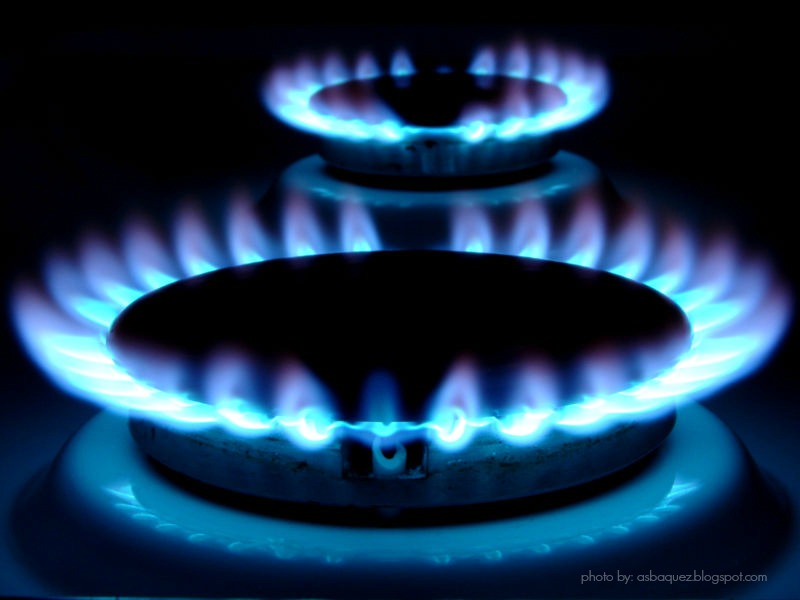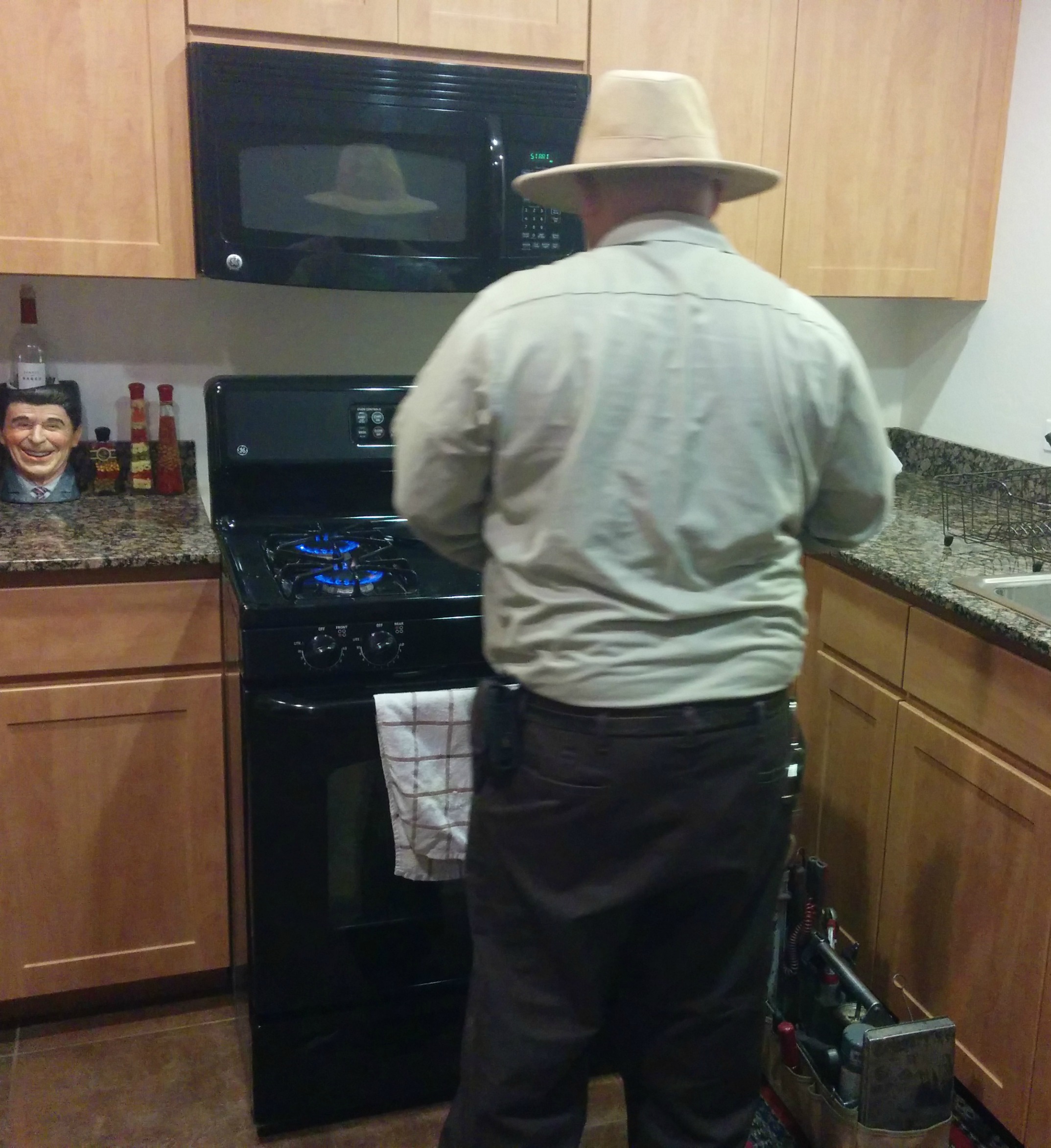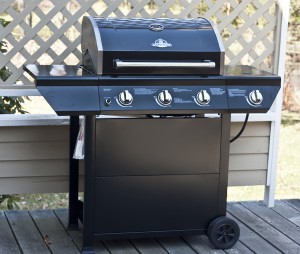 Moving into a home with gas appliances is one of the smartest decisions you can make. While a gas appliance may cost a few more dollars up front, the savings over time are great — gas appliances costs range about half of what it costs to operate an electric stove on a yearly basis.
Moving into a home with gas appliances is one of the smartest decisions you can make. While a gas appliance may cost a few more dollars up front, the savings over time are great — gas appliances costs range about half of what it costs to operate an electric stove on a yearly basis.
But for someone who is a gas appliance novice, what does all this mean? Pilot lights, electric starters, “beware of leaking gas” — it all can sound like a foreign language. However, there’s never a better time to learn about natural gas; seeing that it is a cleaner burning, more energy efficient source of fuel, which can save you lots of money year over year.
Inspecting Gas Appliances
The first thing to do when moving into a home with gas appliances is to inspect them for obvious defects or problems. You may have multiple appliances — a range, dryer, and fireplace — or just one of them. Look at the connections. Are there any holes, gashes, or things that just don’t look right? Take a picture and make a note of it for further research or repair.
Setting up Gas Service

A technician like this one will verify that your equipment is in proper working order.
Now that everything appears to be in working order, it’s time to turn on the gas. It’s best to schedule this turn-on ahead of time, but keep in mind that someone usually has to be home for the service call to be completed. Ask your real estate agent, management company, the internet, or your neighbors for info on the gas provider and then call to have it set up.
A technician will come to your house and turn on the connection from the outside. He or she will then come inside the house and give your appliances an in-depth inspection, checking for leaks and other problems invisible to the human eye.
From there, it’s time to test the equipment. The technician will usually not consider the job complete until he or she is able to verify the proper and safe operation of the equipment. Ask questions if you feel like unsure on something — while the technicians job is not to be your customer support, most will be more than happy to show you how to start a pilot light or safely use your appliances.
Learn the Equipment
Read all instruction manuals for your appliances to familiarize yourself with the safe and proper operating procedures. Most appliances require little to zero maintenance on your end. For the range, learn how to start it by listening for the “click” of the electric starter.

Propane grills are one of the best ways to cook food in the summer.
Go All Gas
Why not continue to roll over the savings? A gas grill is a fan favorite in the cooking world and while it uses propane instead of natural gas like your appliances inside, it’s still just as cost effective. Want to ramp up those savings even more? Then remember to re-fill your tank instead of exchange it when you’re out of gas — tank re-fills guarantee that you get the gas that you pay for, while tank exchanges may not be completely full.



